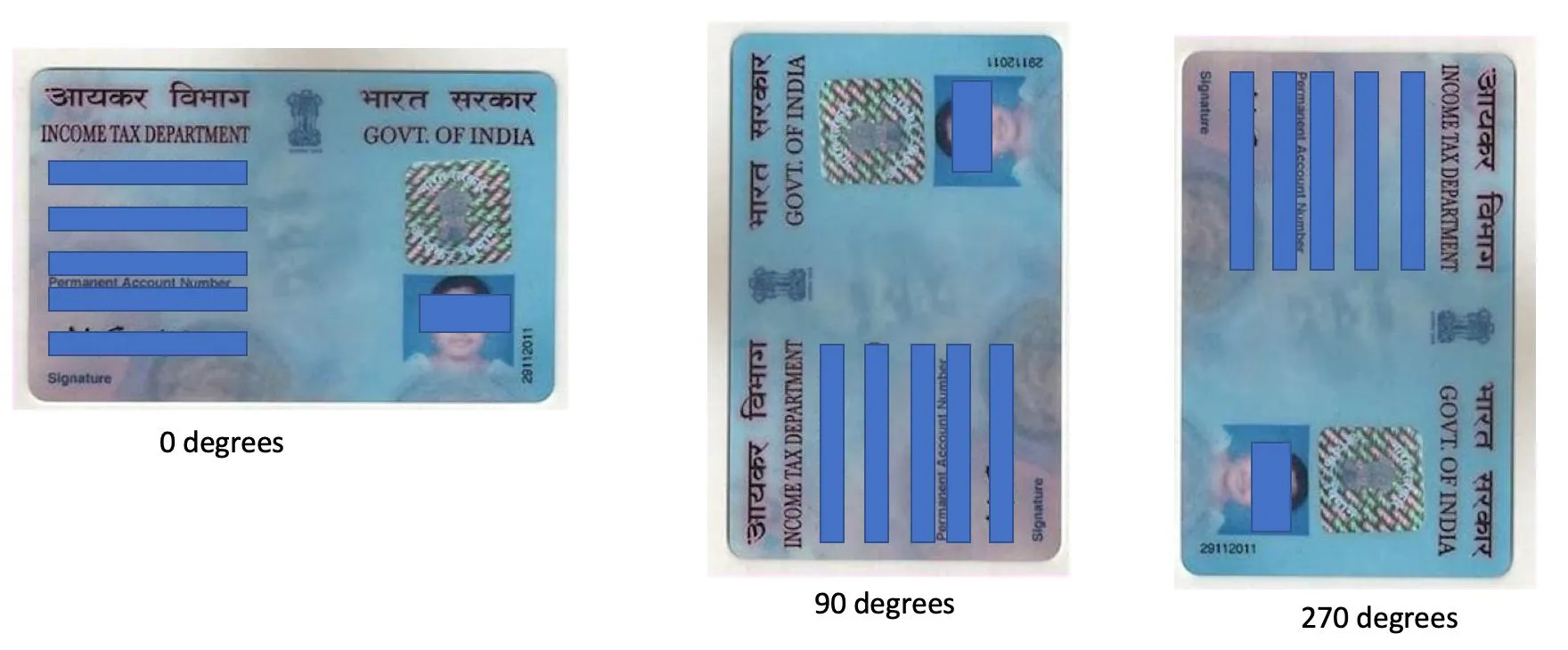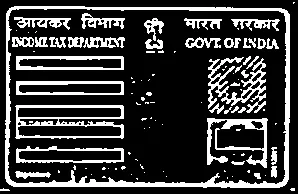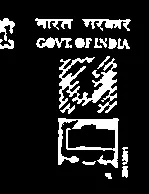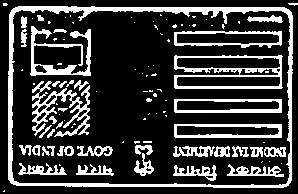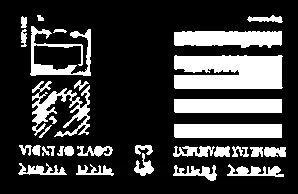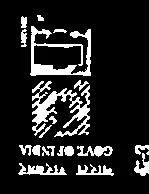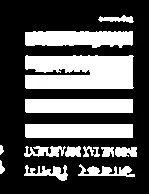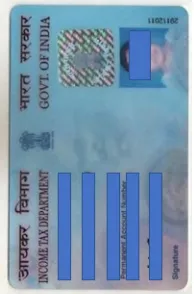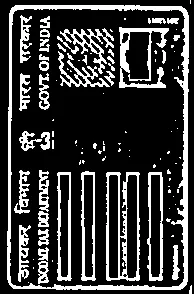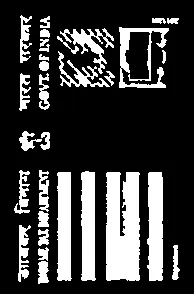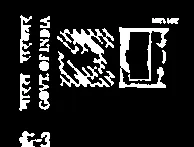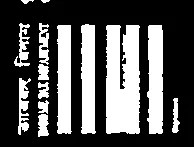基于文本方向检测图片的方向角
10
- Ravi
5
1直接的方法是对4个旋转图像应用光学字符识别,并保留包含单词“India”的特征,或者使用一些测试来获得分割字符串的最佳分数。可以考虑使用opencv、numpy、Image和pytesseract库来实现这一目标。您能否发布一个显示您尝试过的最小代码? - francis
@francis,感谢您的评论和建议。由于评论的字符限制和为了简洁起见,我将代码片段作为单独的评论逐个发布在下面。出于某种原因,代码显示为纯文本。 - Ravi
这是使用pytesseract的代码,目的是忽略文本方向,并让tesseract隐式处理它,但效果不太好:
config = ('stdout --psm 0 --oem 0 -l osd -c min_characters_to_try=5')
imgPath = sys.argv[1]
img = cv2.imread(imgPath)
text = pytesseract.image_to_osd(img, config=config)
print(text) - Ravi
这是HOG算法代码:
im = cv2.imread(imgPath)
im = np.float32(im) / 255.0
gx = cv2.Sobel(im, cv2.CV_32F, 1, 0, ksize=1)
gy = cv2.Sobel(im, cv2.CV_32F, 0, 1, ksize=1)
mag, angle = cv2.cartToPolar(gx, gy, angleInDegrees=True)
print(angle[0]) - Ravi
使用霍夫线变换:
img_edges = cv2.Canny(img_before, 100, 200, apertureSize=3)
lines = cv2.HoughLinesP(img_edges, 1, math.pi / 180.0, 100, minLineLength=100, maxLineGap=5)
angles = []
for x1, y1, x2, y2 in lines[0]:
cv2.line(img_before, (x1, y1), (x2, y2), (255, 0, 0), 3)
angle = math.degrees(math.atan2(y2 - y1, x2 - x1))
angles.append(angle)
median_angle = np.median(angles)
#print(median_angle)
print("角度为 {}".format(median_angle)) - Ravi
1个回答
15
这里提供了一种假设大部分文本都倾斜在一侧的方法。思路是我们可以根据主要文本区域的位置来确定角度。
因此,图像为0度。以下是其他方向的结果:
将图像转换为灰度并进行高斯模糊后,我们使用自适应阈值获取二值图像
从这里我们可以找到轮廓并使用轮廓面积进行过滤,以去除小噪声颗粒和大边框。我们将通过此过滤器的任何轮廓绘制到掩码上。
为了确定角度,我们根据图像的尺寸将其分成两半。如果宽度>高度,则必须是水平图像,因此我们在垂直方向上将其分成两半。如果高度>宽度,则必须是竖直图像,因此我们在水平方向上将其分成两半。
现在我们有了两半部分,可以使用cv2.countNonZero()来确定每一半的白色像素数量。以下是确定角度的逻辑:
if horizontal
if left >= right
degree -> 0
else
degree -> 180
if vertical
if top >= bottom
degree -> 270
else
degree -> 90
因此,图像为0度。以下是其他方向的结果:
左侧 9703
右侧 3975
左 3975
右 9703
我们可以得出结论,该图像翻转了180度。
以下是竖直图像的结果。请注意,由于这是一张竖直图像,我们将其水平分割。
顶部 3947
底部 9550
因此结果为90度
import cv2
import numpy as np
def detect_angle(image):
mask = np.zeros(image.shape, dtype=np.uint8)
gray = cv2.cvtColor(image, cv2.COLOR_BGR2GRAY)
blur = cv2.GaussianBlur(gray, (3,3), 0)
adaptive = cv2.adaptiveThreshold(blur,255,cv2.ADAPTIVE_THRESH_GAUSSIAN_C, cv2.THRESH_BINARY_INV,15,4)
cnts = cv2.findContours(adaptive, cv2.RETR_TREE, cv2.CHAIN_APPROX_SIMPLE)
cnts = cnts[0] if len(cnts) == 2 else cnts[1]
for c in cnts:
area = cv2.contourArea(c)
if area < 45000 and area > 20:
cv2.drawContours(mask, [c], -1, (255,255,255), -1)
mask = cv2.cvtColor(mask, cv2.COLOR_BGR2GRAY)
h, w = mask.shape
# Horizontal
if w > h:
left = mask[0:h, 0:0+w//2]
right = mask[0:h, w//2:]
left_pixels = cv2.countNonZero(left)
right_pixels = cv2.countNonZero(right)
return 0 if left_pixels >= right_pixels else 180
# Vertical
else:
top = mask[0:h//2, 0:w]
bottom = mask[h//2:, 0:w]
top_pixels = cv2.countNonZero(top)
bottom_pixels = cv2.countNonZero(bottom)
return 90 if bottom_pixels >= top_pixels else 270
if __name__ == '__main__':
image = cv2.imread('1.png')
angle = detect_angle(image)
print(angle)
- nathancy
2
1感谢您的建议和代码。这是一个非常有趣的想法。我会尝试并更新。我正在处理多个身份证件,文本区域的存在可能会有所不同,可能需要检测文档类型并微调逻辑。 - Ravi
1我已经尝试了几张样本图片,这种方法似乎是有效的。再次感谢您的想法。 - Ravi
网页内容由stack overflow 提供, 点击上面的可以查看英文原文,
原文链接
原文链接
